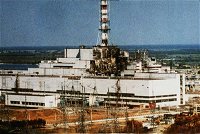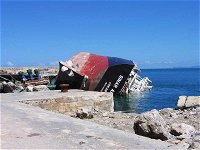
Fire and Brimstone Trivia Quiz
History's Disasters Photographed
The world isn't always a friendly place, and sometimes photographers are there to capture the worst. Match each disaster photo with the year/location.
by trident.
Estimated time: 3 mins.











